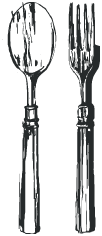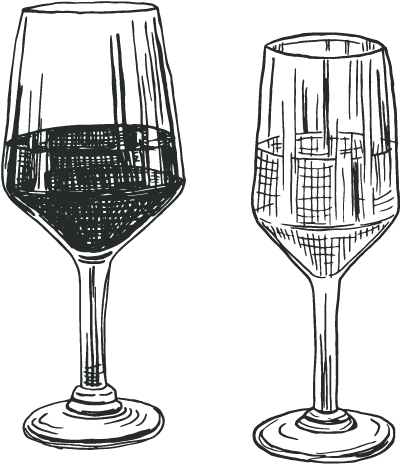Beginnings
New England Cheese Board
One of the easiest and most satisfying entertaining tricks is also one of the simplest to master: the cheese board. The key to success is quality, texture, and layering. Making friends with your local cheese monger and asking him or her to help make selections will endear you and make for a seasonally appropriate, masterful selection that takes into consideration your preferences while insuring the broadest array of styles and textures. Brad at Wasik's Cheese Shop (a family run business since 1964) in Wellesley, Massachusetts suggested the cheeses for this platter. When Brad says try it, we eat it!
New England cheesemaking style nods to the eastern seaboard's Mayflower history and deeply rooted cultural identiity as pragmatists with waste not want not values. Rocky shores, hilly slopes, mountains, and cold temperatures make raising cows, sheep, and goats a viable dairy farmstead proposition that turns milk, a highly perishible commodity, into cheese--easily stored cherished edibles.
Almost as fun as eating the cheese is picking a board, platter, or plate on which to serve it: marble, slate, pewter, copper, or wood each brings a unique attitude to the arrangement. We are particularly fond of pre-1940s bread and cutting boards found in the French countryside. The wounds and scars of many years of use add to the character of a board and set the tone for the cheese platter as a rustic, grazing, pre-dinner chance to share and taste.
The first century Roman gourmand, Apicius, coined the phrase "we eat first with our eyes". The cheese board is the perfect time to set a mood and fill between the cheeses with a cornucopia of seasonal fresh or dried fruits, nuts, breads, and crackers. Regardless of the time of year, we almost always include honey or honeycomb. Visually satisfying, and the perfect companion to all styles of cheese, honey balances flavors. Truffle honey is divine over Parmesan Reggiano, pecorino, or soft luscious triple creams. In summer we generously drizzle lavender honey over a tangy, acidic goat's cheese. All types of honey will add warmth, a touch of sweetness, and an unexpected divine element to the board. Volume matters--fill in all the nooks and crannies for the most impressive visual presentation. Using greens from nearby trees, or annuals in the garden are a professional hack that are free and easy to come by. The prettier the platter, the more guests will gravitate to it. Leave it up to the cheese to get the party started!







